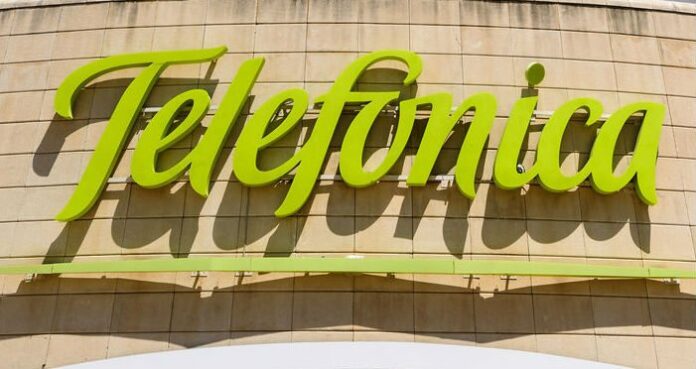Spanish operator Telefonica has already reached its 5G coverage goals for the year and now provides this technology in over 1,200 towns and cities across the country, the carrier said in a release.
Telefonica said that its 5G network infrastructure currently covers 76% of the country’s population.
“The launch of our 5G network is a leap forward towards hyperconnectivity, which will change the future of Spain,” said Telefonica’s President José María Álvarez-Pallete.
With the installation of more than 4,000 nodes, all the provincial capitals, the main Spanish cities and small towns in all the autonomous communities have access to Telefónica’s 5G network, the operator says.
In this first phase of deployment, the company is working with the latest radio generations that allow dual 4G and 5G use, the telco said.
This initial deployment is making use of current sites and infrastructure and, in the mid- and long term, will be complemented by new base stations and small cells according to capacity and coverage requirements, the telco said.
In September, the Spanish telco announced the launch of non-standalone (NSA) 5G commercial services in the country.
The telco is offering its 5G service through spectrum in the 3.5 GHz and 1.8-2.1 GHz bands. The Spanish government expects to award spectrum in the 700 MHz band for the provision of 5G in the first quarter of 2021.
The telco had previously inked commercial deals with Nordic vendors Nokia and Ericsson to supply the equipment and services for its 5G launch.
Telefonica is initially deploying gear from Ericsson to provide 5G in its main urban areas, while Nokia’s equipment will be used for the deployment of 5G in an upcoming phase of the 5G deployment plan. The operator also selected solutions from Juniper Networks for the security of its 5G network infrastructure.
Telefónica previously said that it had initially launched 5G services thanks to a technology that combines the deployment of NSA (non-standalone) 5G and DSS (Dynamic Spectrum Sharing). Telefonica said it will launch a standalone (SA) 5G network across Spain once the technology becomes “fully available” after standardization.
Rival operator Vodafone launched Spain’s first commercial 5G network in Madrid, Barcelona, Valencia, Seville, Malaga, Zaragoza, Bilbao, Vitoria, San Sebastian, La Coruna, Vigo, Gijon, Pamplona, Logrono and Santander in June 2019. The carrier had previously said that it was working with Huawei and Ericsson in the deployment of the 5G network.
Orange launched 5G services in Madrid and Barcelona in September using equipment from Ericsson. Operating on 3.6GHz spectrum, the 5G network in Madrid and Barcelona is powered by the Ericsson Radio System (Baseband 6648 and AIR 6488 antenna), delivering massive multiple-input multiple-output, which increases network capacity and spectral efficiency.
Also in September, Masmovil launched its 5G service in 15 cities across Spain for the customers of its Yoigo brand. The carrier said that the 5G service is being offered via a combination of own infrastructure and an agreement with rival operator Orange.

